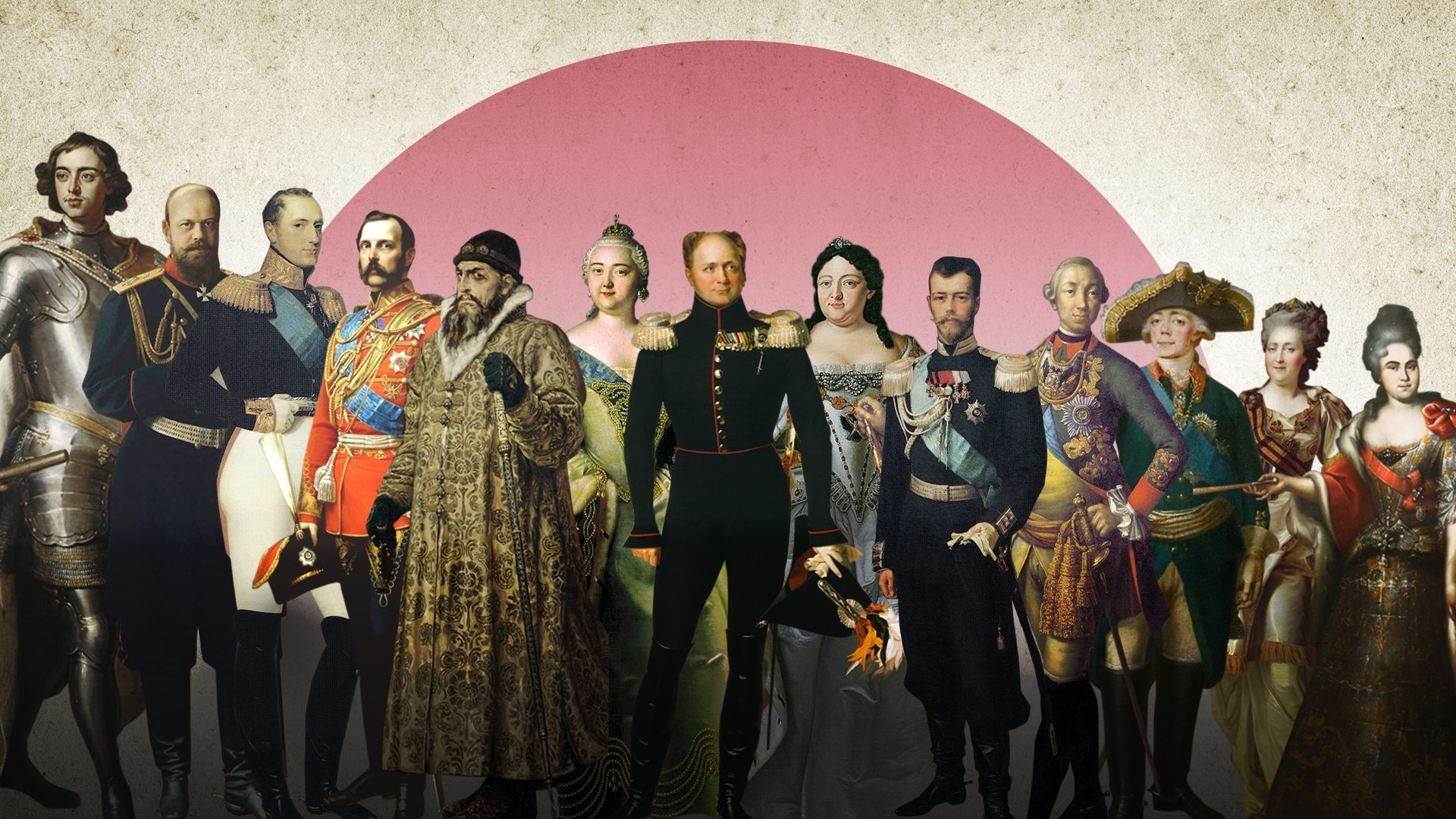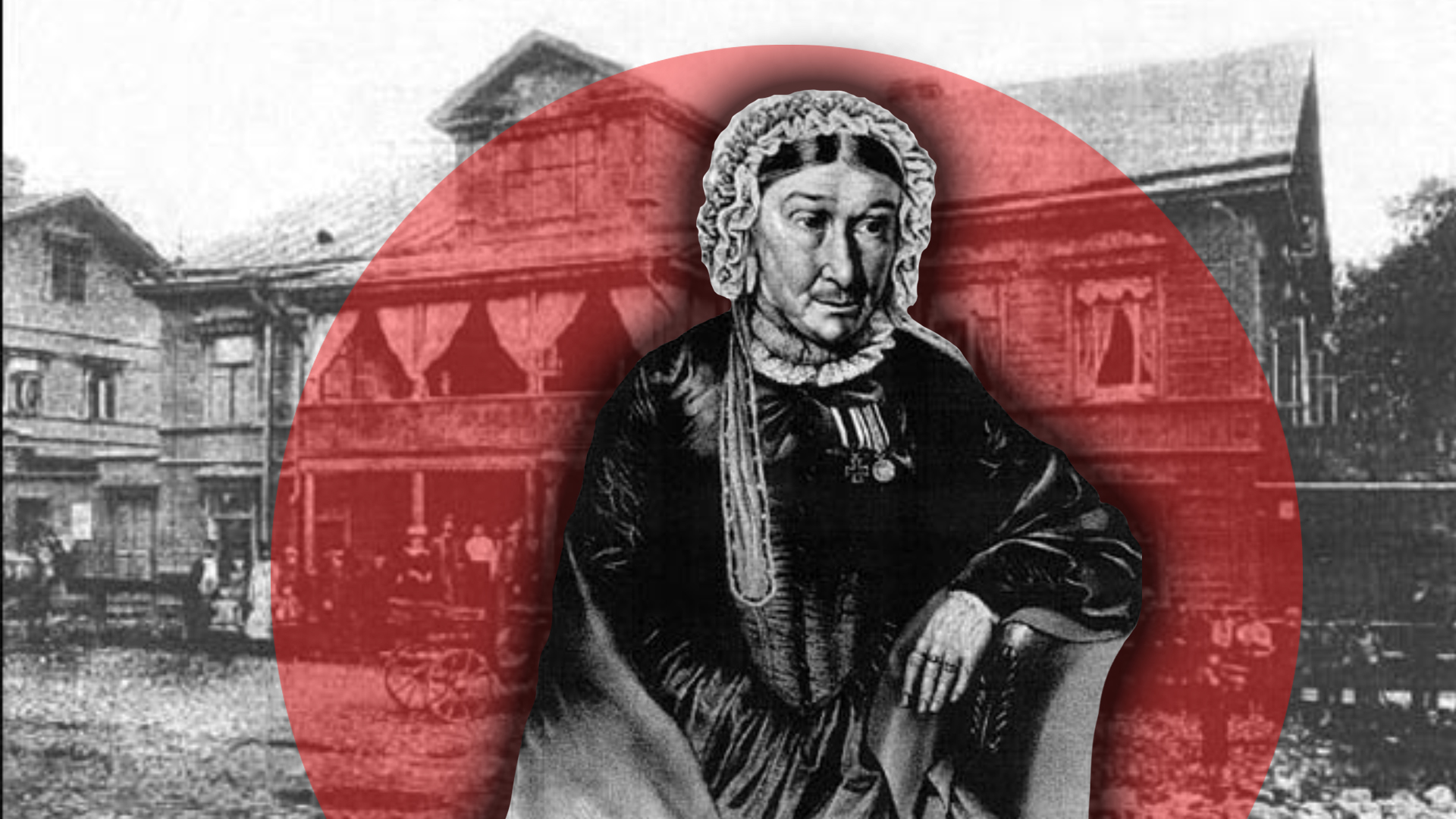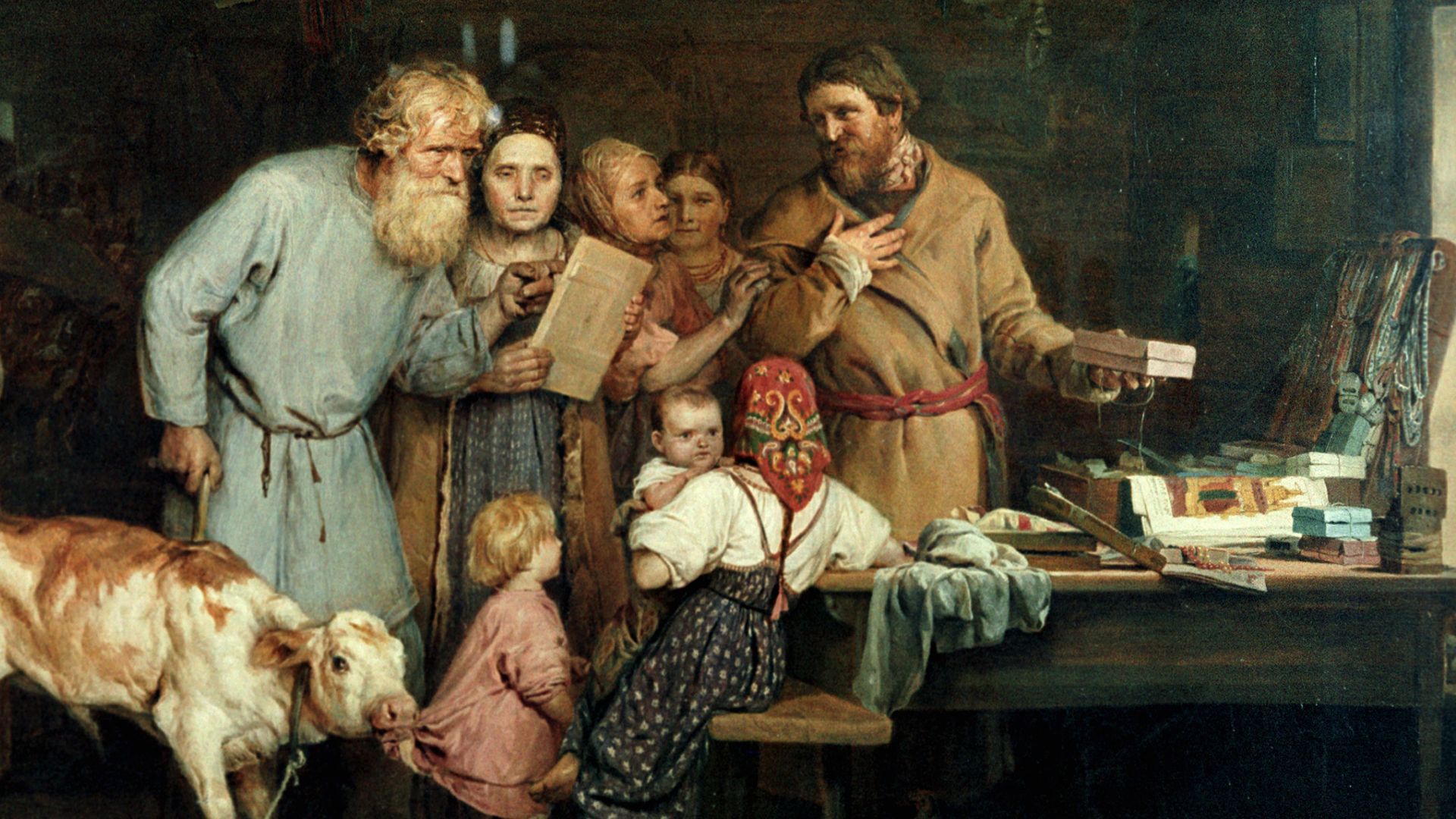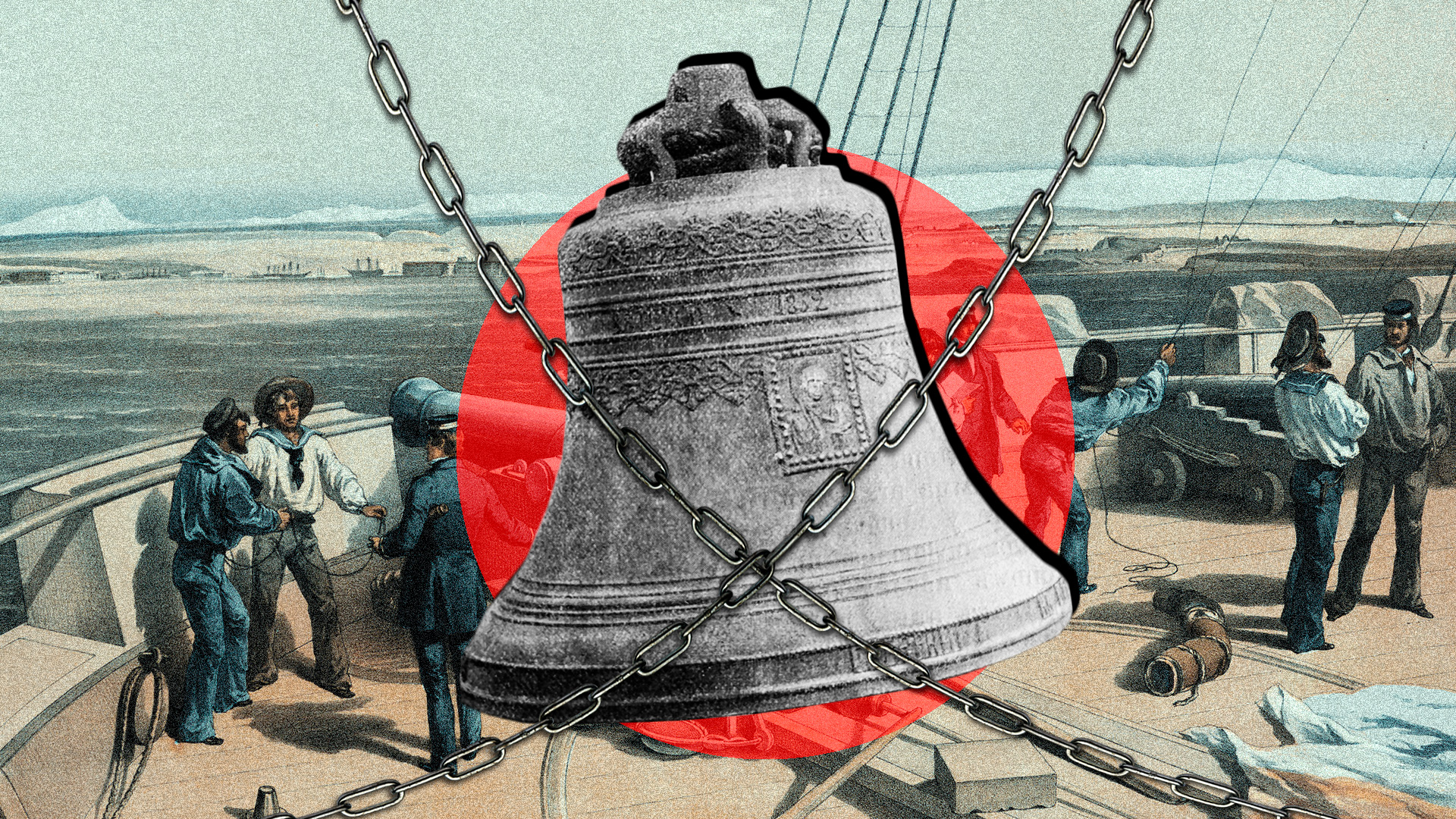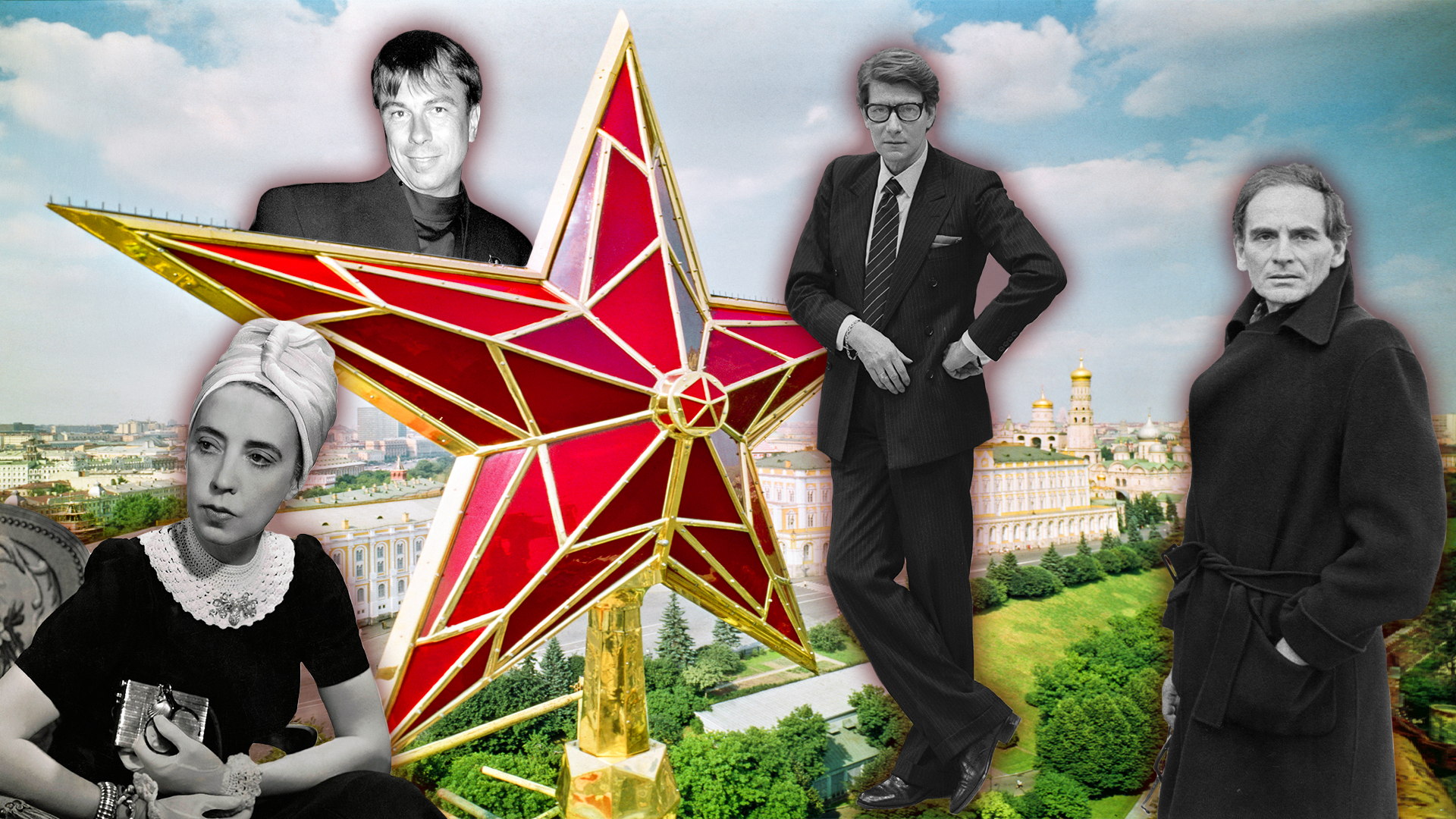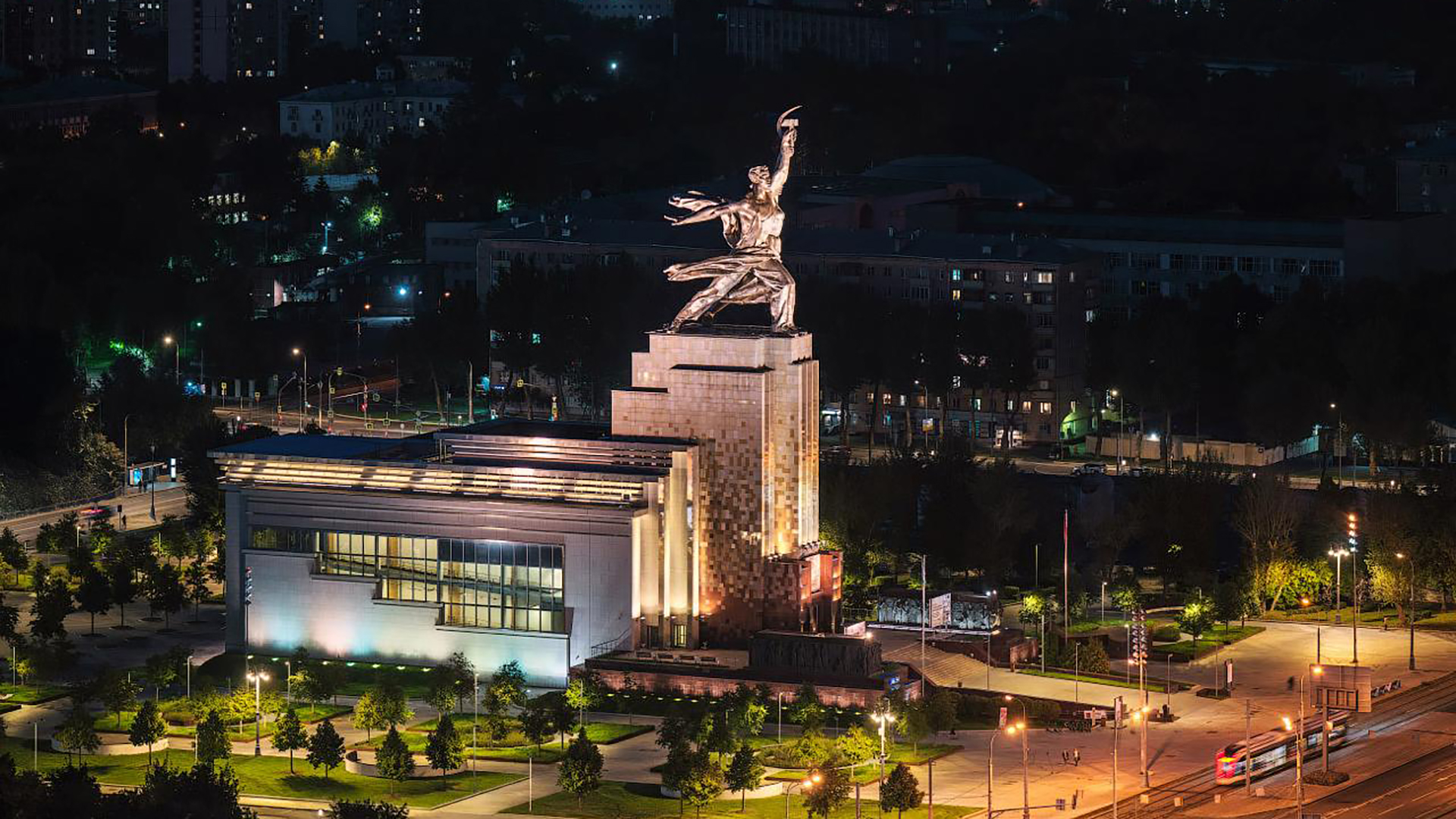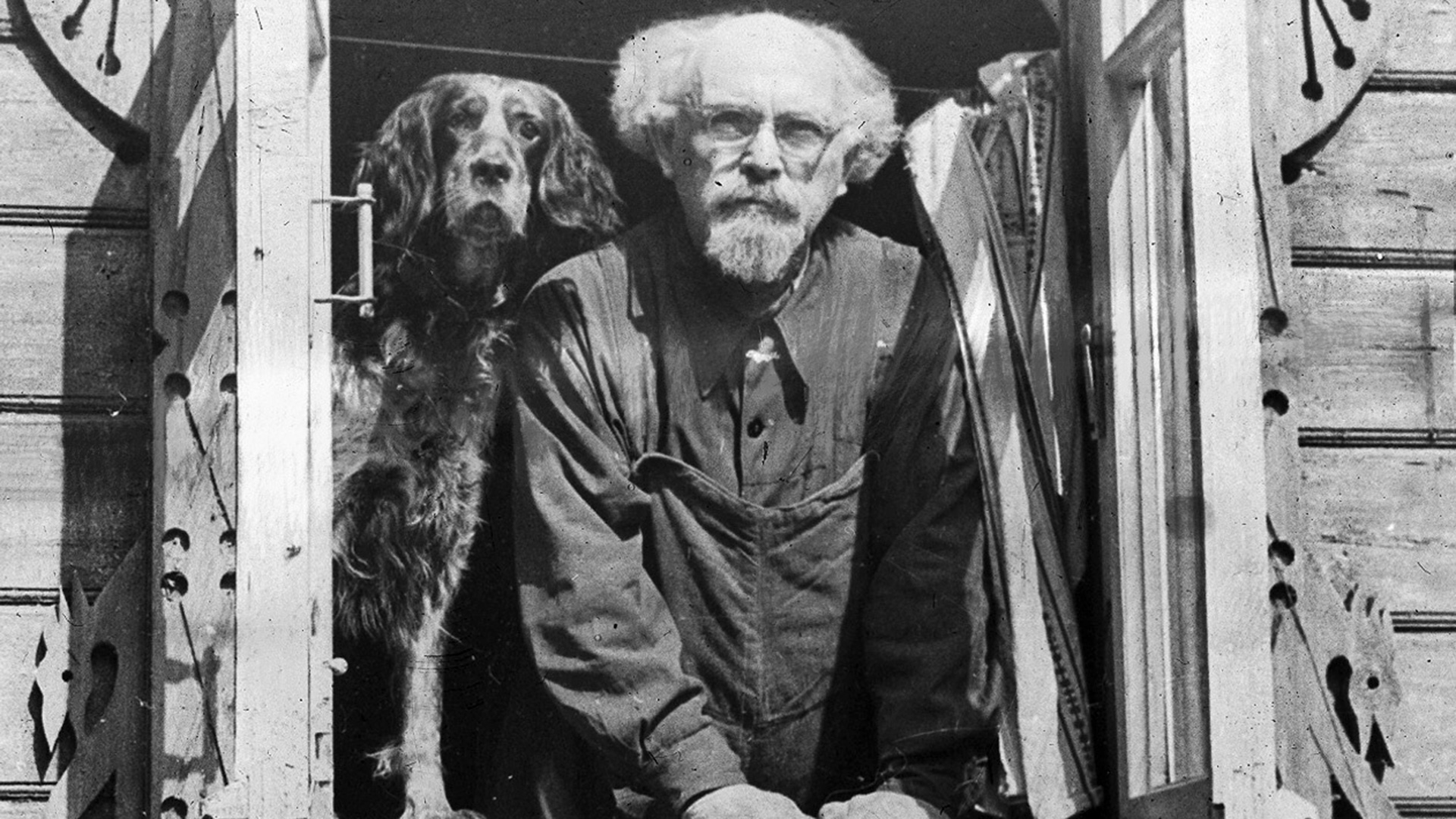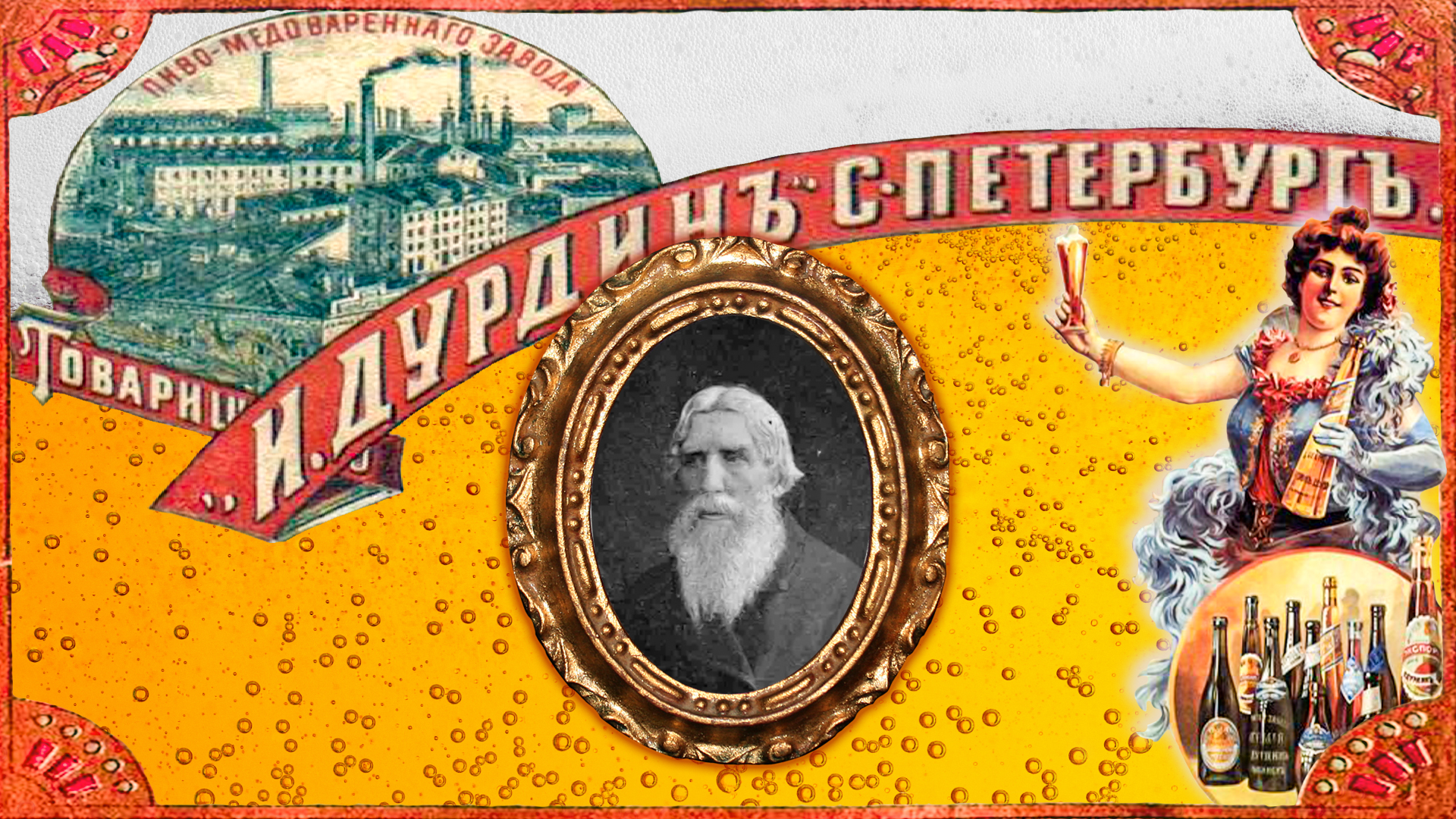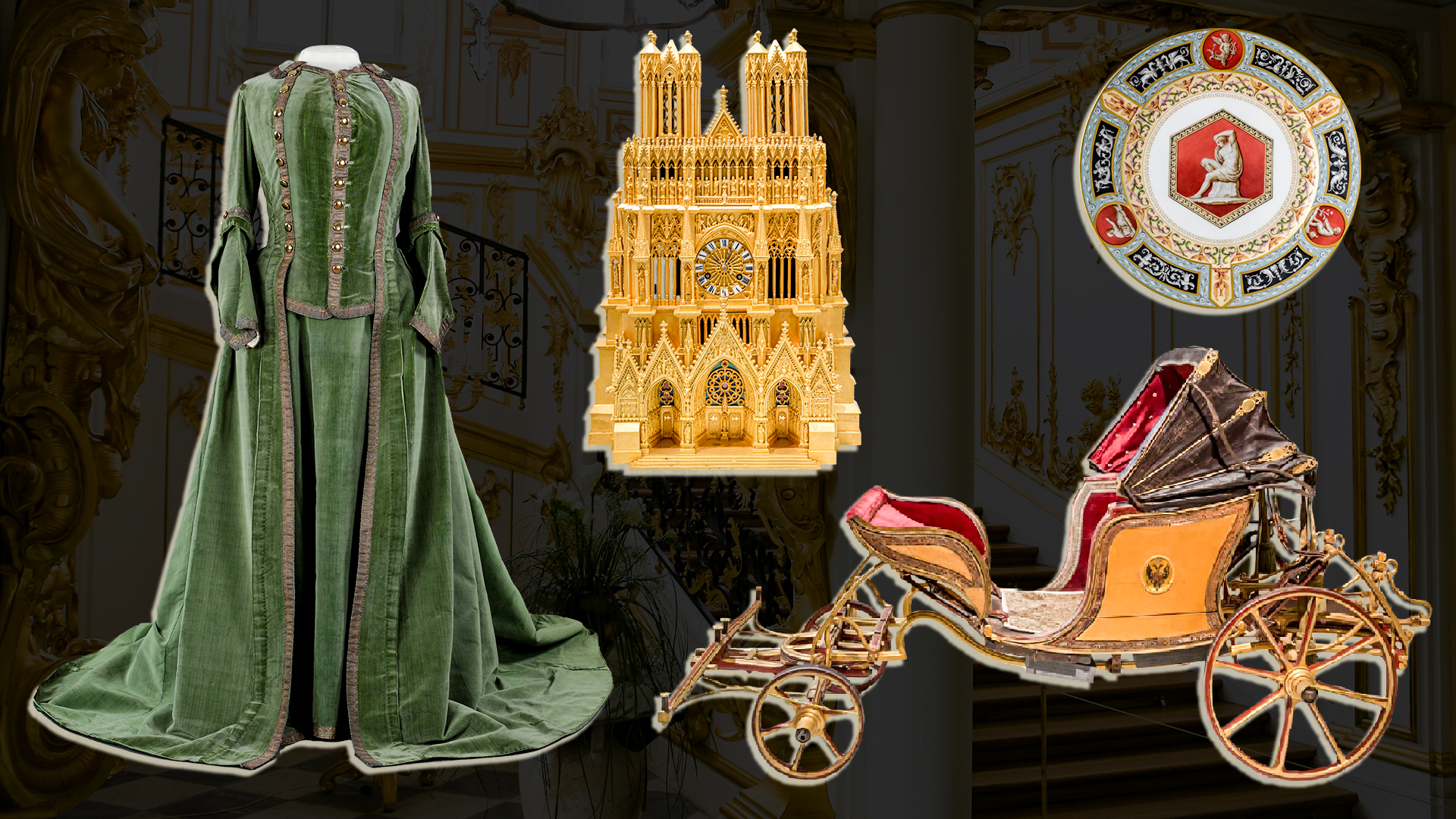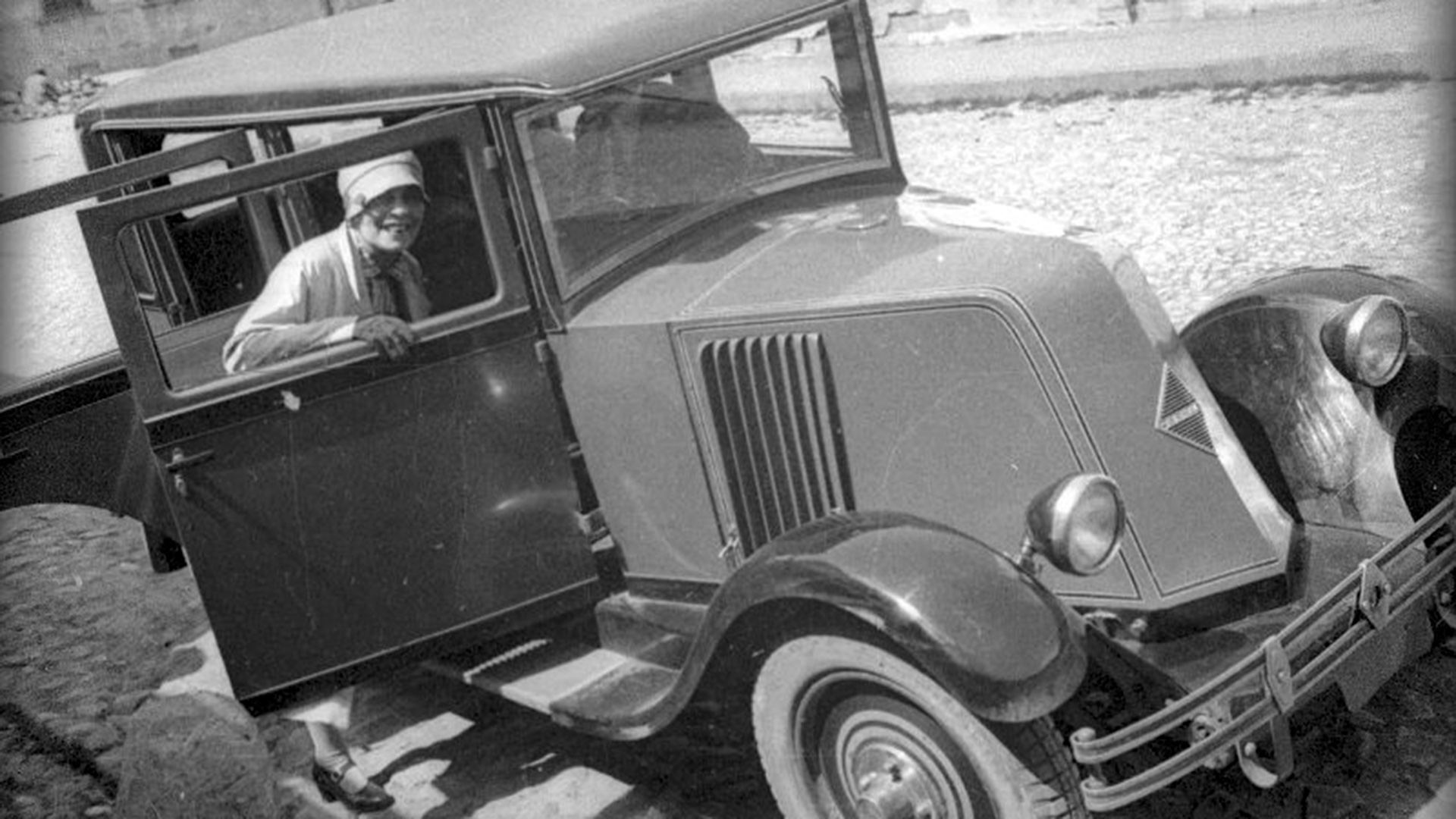
How Tsar Alexei Mikhailovich came up with the first traffic rules

Moreover, “parking places” were determined for them, depending on which gate they entered through. The others were prescribed to visit the Kremlin exclusively on foot.

An encounter with horse-drawn transport threatened pedestrians with various injuries: in the summer, they had to dodge those riding on horseback, in carts and wagons and, in winter, from sleighs.

According to the Cathedral Code of 1649 (a code of laws), those who ran over pedestrians faced serious punishment. If a reckless horseman, intentionally or while drunk, knocked down a woman and caused her harm, he could be beaten with a whip, inflicted with the same injuries that he caused to the victim and sent to prison.

If the victim died, the owner of the horse faced the same punishment.



